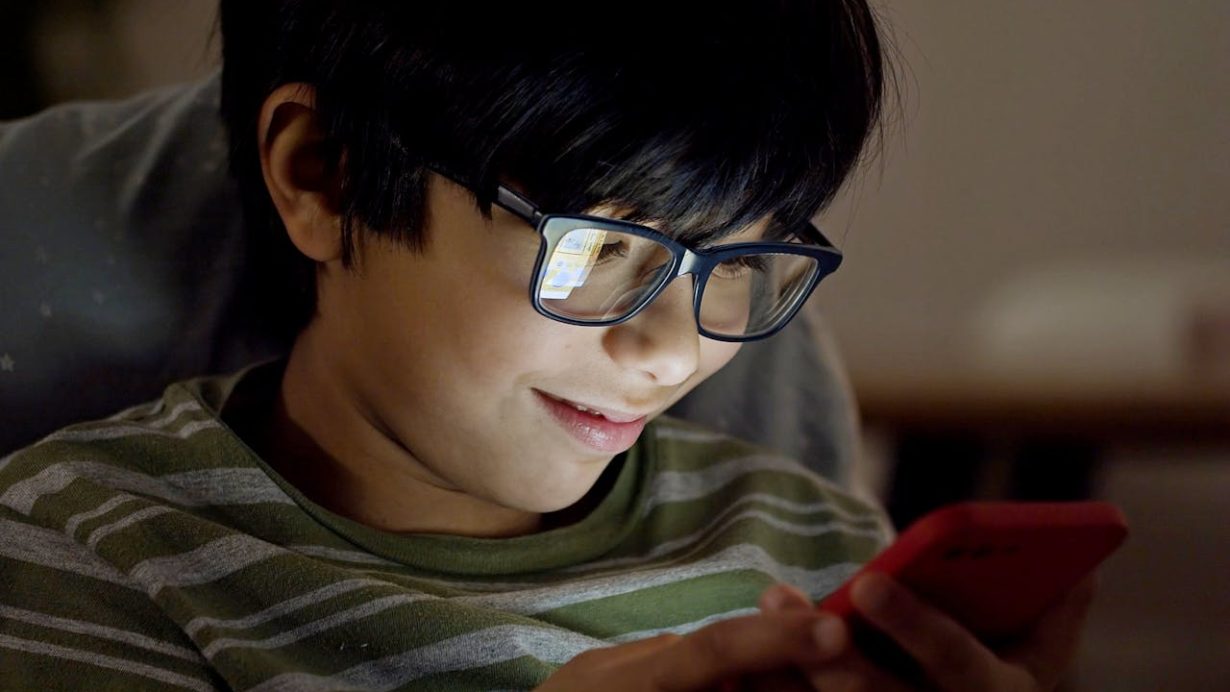Screens have become part of almost every moment of modern family life — glowing from living rooms, car rides, and even bedtime routines. For children on the autism spectrum, screens can hold a special appeal. They offer a world that feels predictable, structured, and visually rich — a space where the rules are clear and social expectations are easy to manage.
Yet that comfort can quickly become dependence if screen time isn’t balanced with real-world experiences. The challenge for parents isn’t removing screens entirely — it’s shaping how they’re used, turning technology into a supportive tool rather than an escape.
Why Screens Feel So Comforting
For many autistic children, digital media feels like a safe harbor in a noisy, unpredictable world. Apps, videos, and games respond the same way every time, offering a sense of control that the real world sometimes lacks. The bright visuals, repeating sounds, and familiar patterns create predictability, reducing anxiety and sensory overwhelm.
Screens can also teach. Educational apps can help with communication, reading, or emotional recognition. Videos that show routines — brushing teeth, tying shoes, or greeting others — can reinforce life skills in a visual, concrete way. For some children, the screen becomes a gentle bridge between therapy and daily life.
But comfort can turn into retreat if boundaries aren’t clear. Too much screen time can limit movement, delay sleep, and replace social connection with digital isolation.
Finding the Right Balance
Balance begins with structure. When screen use follows predictable routines, it becomes easier for both children and parents to navigate. The goal is not to ban screens, but to give them a clear role in the rhythm of daily life.
For example, watching a favorite video after school can help a child decompress from a sensory-heavy day. Playing a language app before bedtime can be part of winding down. These moments work best when they are part of a pattern — expected, brief, and clearly signaled from start to finish.
How to Set Practical Boundaries
Here are some ways you can help ensure that your child finds the right, workable balance when it comes to screen time.
Create Predictable Schedules
Children thrive on knowing what comes next. Setting a consistent time for screens — such as after chores or before dinner — provides a sense of control.
A visual timer or picture schedule can help signal when screen time begins and when it ends. This predictability turns what might be a power struggle into a calm routine.
Choose Content With Care
Not all screen time is equal. Fast-paced, flashing videos can overstimulate, while educational or creative media can encourage learning. Many families find success co-viewing — sitting beside their child and talking about what’s on the screen. Shared engagement turns a solitary activity into an opportunity for connection.
Prepare for Transitions
Turning off the screen is often the hardest part. Sudden endings can feel abrupt, leading to meltdowns or frustration. Give gentle countdowns — five minutes, two minutes, one minute — to help your child prepare. Afterward, guide them toward something soothing: coloring, building blocks, or time outdoors. The transition matters as much as the limit itself.
Protect Rest and Recovery
Blue light and excitement can make bedtime difficult. Setting a one-hour screen-free buffer before sleep helps the brain unwind. Replace that time with stories, music, or soft sensory activities. Over time, this quiet routine becomes a signal that the day is ending and rest is near.
Model What You Teach
Children notice when adults are glued to their phones. Modeling mindful use — putting devices away during meals, pausing to listen — shows that screens are tools, not constant companions. This silent example teaches more than any rule can.
Recognizing When It’s Too Much
Even with structure, it’s easy for screen habits to slip into overuse. Warning signs might include frequent arguments about devices, difficulty transitioning away, disrupted sleep, or withdrawal from non-digital play. These aren’t failures — they’re signals that the balance needs adjusting.
Sometimes, a simple tweak — like replacing certain apps or shifting the time of day screens are used — can make a huge difference. In other cases, reintroducing hands-on play or outdoor time helps reset the rhythm.
Building a World Beyond the Screen
When screen limits are respected, children have space to rediscover the joys of movement, imagination, and shared experience. The key is providing engaging alternatives. Sensory-friendly art, cooking, puzzles, or nature walks all offer tactile and social experiences that screens can’t replace.
Creating a small “choice board” — pictures of available activities — can empower children to choose what to do next. This simple step helps them transition smoothly while keeping the structure they crave.
Turning Screen Time Into a Positive Tool
Technology isn’t the enemy. In many homes, screens are bridges — connecting children to lessons, loved ones, and creative outlets that might otherwise be out of reach. When guided by empathy and structure, screen time becomes a positive presence rather than a source of tension.
Many parents find that once routines are clear, daily life feels calmer. Children understand when they can use screens and when to put them away, reducing stress for everyone. What once felt like conflict turns into cooperation.
Final Thoughts
Screens will always be part of our world, and for autistic individuals, they can offer both comfort and opportunity. The difference lies in how they’re used. When caregivers set gentle, predictable boundaries and offer meaningful alternatives, technology becomes a supportive ally — not a distraction.
In the end, the goal isn’t to control screen time, but to help children feel balanced, connected, and capable — both online and off.
Photo by Kampus Production: https://www.pexels.com/photo/boy-wearing-eyeglasses-using-a-cellphone-7414063/






